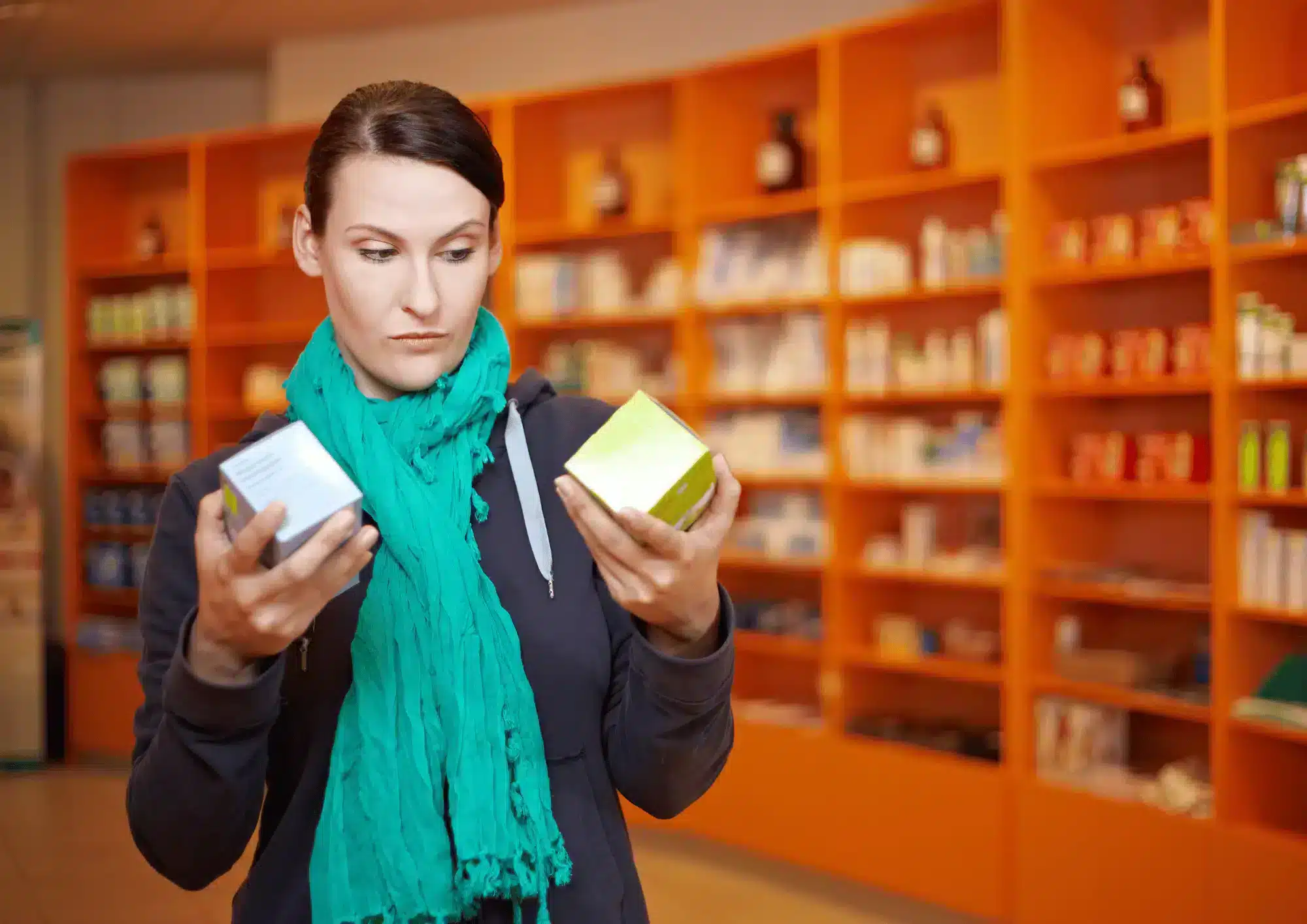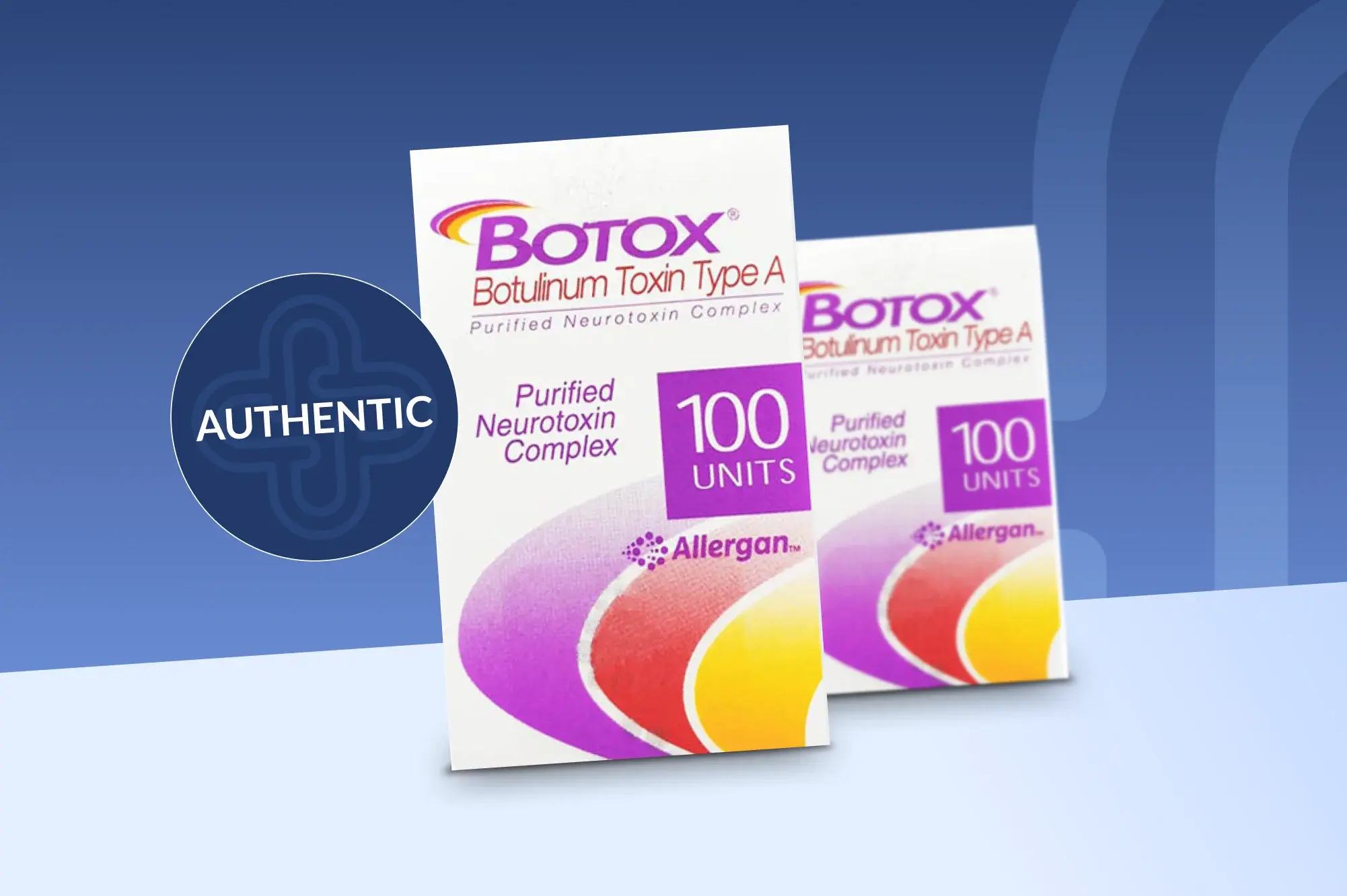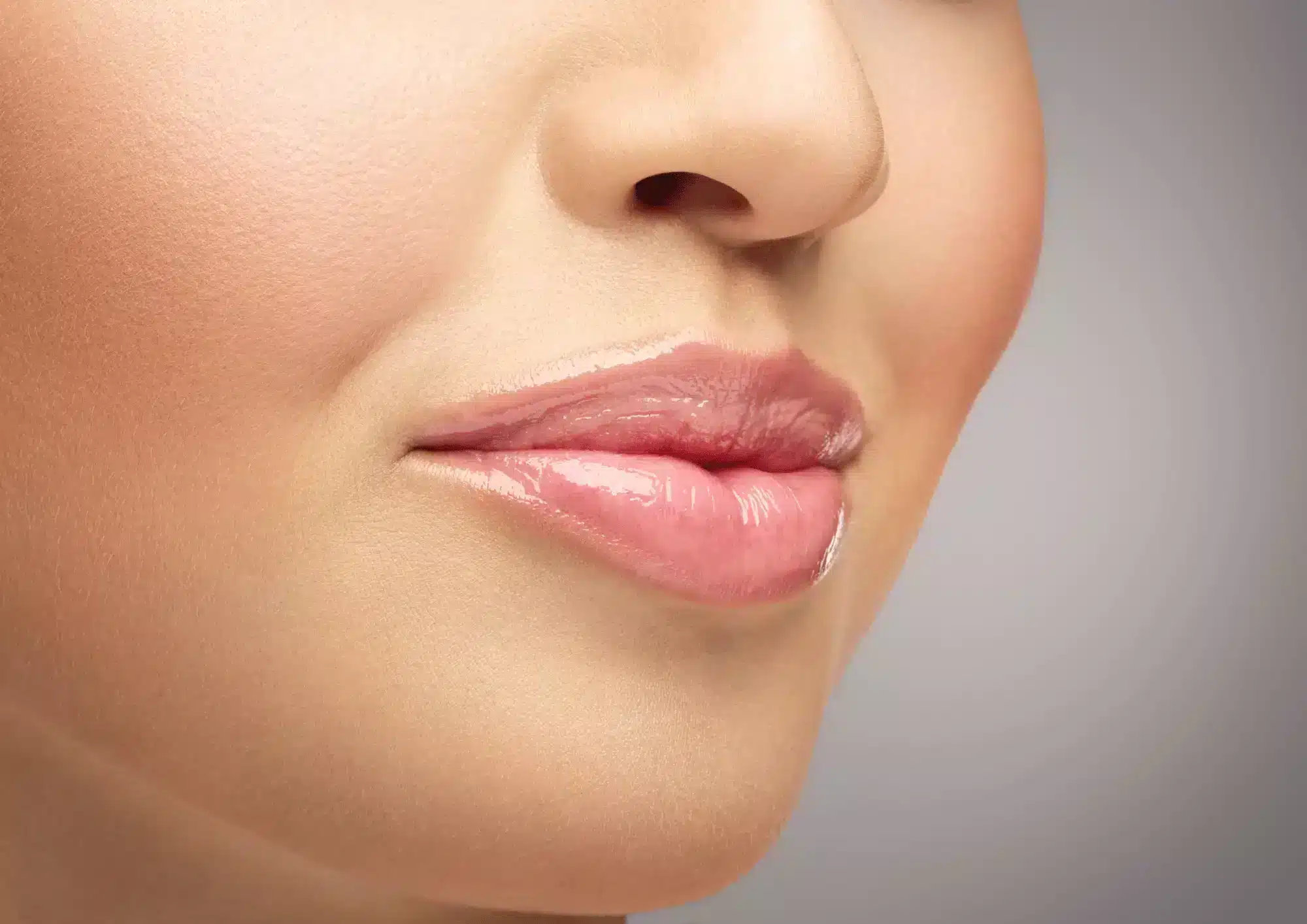If you have heard of Amalian fillers, you may have wondered how they compare to a more popular brand like Juvederm. Here, we take an in-depth look at this German brand of implantable gels and see how they fare against the Juvederm range.The products that make up the Amalian and Juvederm range are aesthetic treatments known as dermal fillers, which are gels that are injected into the skin to add volume to the skin in order to plump and firm it This volumization helps to counteract signs of skin aging such as wrinkles and volume loss. On average, these fillers provide results that are able to last anywhere between six months up to over a year.Dermal fillers are a popular non-surgical approach to facial rejuvenation known as cosmetic injectables. Other anti-wrinkle treatments like neurotoxins (e.g. Botox, injectables from Dysport, and aesthetic injections by Xeomin) also belong to this group. Cosmetic injectables have become one of the most common aesthetic procedures carried out in doctors’ offices and is often offered as an alternative to surgical approaches such as facelifts and rhinoplasty.
Amalian and Juvederm have the following elements in common:
• Both are brands of gels that are made of highly purified, chemically modified hyaluronic acid. This compound is a naturally occurring substance that hydrates and plumps skin thanks to its water-retaining abilities.
• Both have products in their ranges to cater to an assortment of aesthetic deficiencies, including moderate to severe wrinkles, thinning lips, and acne scars. These brands are able to treat different deficiencies because their respective fillers have different particle sizes, degrees of cross-linking, and hyaluronic acid concentrations.
• Both are administered by injection.
• Both Amalian and Juvederm fillers can be used for similar indications, including treating facial lines and wrinkles, nasolabial folds, treating the tear trough, and sculpting the nose and mid-face region, to name a few.
• Both treatments are reversible should the patient be dissatisfied with their results.
Amalian is not as widely known as Juvederm, so does that mean Juvederm is better?
Not necessarily. Before making any conclusions though, let’s look at the differences between the fillers first. The Amalian brand originates from Germany, is manufactured by S&V Technologies, and is currently mainly distributed in Europe. Juvederm is made by Allergan and has products that are FDA-approved, allowing them to be used in the United States and other world markets.
Amalian has both monophasic and biphasic ranges of dermal fillers. The monophasic range, which is named LT, consists of homogenous fillers with varying concentrations of hyaluronic acid; each formulation is specially designed to treat a specific indication. On the other hand, the biphasic range of dermal fillers consist of fillers gels made of highly cross-linked hyaluronic acid with strong elasticity and volumizing properties, making these fillers more appropriate for deeper placement and for indications requiring support and lift.
In contrast, Juvederm products are manufactured using Hylacross or Vycross Technology; the former cross-links hyaluronic acid molecules of the same weight, while the latter cross-links both high- and low-molecular-weight molecules.
Differences between Amalian vs Juvederm
One key difference between Amalian and Juvederm products that can be attributed to the differences in their manufacturing processes are their propensities for swelling. Amalian products are produced using what is known as Core-in-Shell Technology, which results in a formulation that contains highly cross-linked hyaluronic acid particles that are surrounded by a “shell” of long chains of non-crosslinked hyaluronic acid chains that work to form protective layers around each particle. The non-crosslinked hyaluronic acid chains facilitate injection and, more importantly, form a stable aqueous shell around each cross-linked particle that essentially hydrate the preparation. This means that the gel will not absorb any more water when injected and will not expand, thus minimizing the occurrence adverse events like swelling. On the other hand, Juvederm products are not fully hydrated and will slightly expand within 24 hours after injection. It is common practice when using Juvederm products to slightly undercorrect in order to allow for their expansion, especially when treating the lips.
While not as well-known as Juvederm, the clinical trials into Amalian products attest to their efficacy, and this brand has a positive reputation with patients who have been treated with it. In particular, Amalian is known to provide natural-looking results when used to enhance the lips.
It certainly cannot be disputed that Juvederm is the more popular of the two, with the brand being a mainstay in facial aesthetics and, in many cases, synonymous with dermal filler treatments itself. Amalian is also harder to source, as it is not available in key markets like the United States.
Conclusion
Amalian and Juvederm brands are both lines of dermal filler variants specifically aiding in facial rejuvenation. These two brands are similar to each other in terms of performance, treatment outcomes, and safety and efficacy profiles, among other detaild. Since there have not been studies at all, conducted to date making a direct comparison of these two brands, a necessary factor to ensure is to seek the input of a qualified doctor, before deciding on which brand to use.








